There's an unspoken rule in literature: Characters are white unless explicitly described otherwise.
Take, for example, Hermione Granger from Harry Potter: Thanks to actress Emma Watson, we picture the character as fair-skinned with perfectly disheveled ringlets.
In a Buzzfeed article, however, writer Alanna Bennett says that there's only one line (in The Prisoner of Azkaban) that ever explicitly refers to Hermione's skin color:
“They were there, both of them, sitting outside Florean Fortescue’s Ice Cream Parlor — Ron looking incredibly freckly, Hermione very brown, both waving frantically at him.”
So is the fictional character actually white? Perhaps that's a determination readers should make for themselves.
Enter "racebending:" a movement in the online Harry Potter fandom that's challenging not only the way people think about the highly popular book series, but the way people read books in general. Fans and artists take characters across film, television, and literature who have historically been portrayed as white and reimagine them as black or other non-white ethnicities.
Fanart has long been an important staple of fandom culture as a way for enthusiasts to celebrate the characters they love. With racebent fanart, Harry Potter fans on sites like Deviantart and Tumblr have produced hundreds of images that feature beloved characters from the series, particularly Harry Potter and Hermione Granger, as black, Latino, or mixed race.
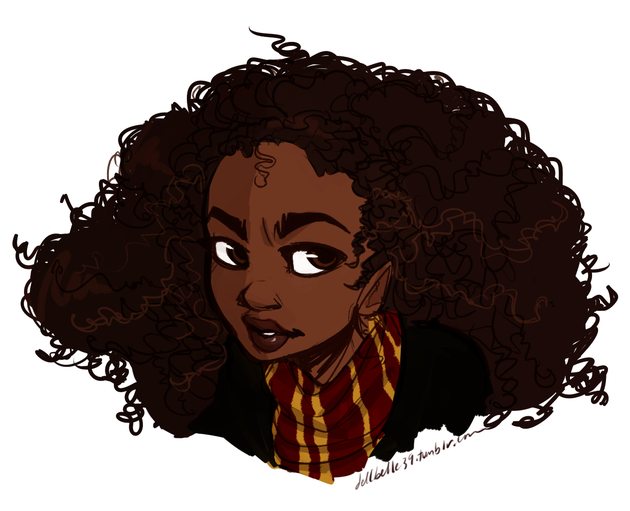
For many artists, Hermione's vague physical description has presented an opportunity to represent the character very differently. Instead of the "bushy" hair JK Rowling often describes in the books, maybe she has kinky-curly hair. Instead of simply being tan, maybe she has dark brown skin. A black Hermione Granger isn't just a chance to see something new, but an opportunity to create a more complex reading of the book series, which has political themes that draw parallels between the Death Eaters and racist hate groups.
According to writer and Harry Potter fandom expert Ashley Reese, fans of racebent fanart find new complexity in the books by imagining a black Hermione Granger who is marginalized in both the real world and the Wizarding world (where she's considered a "mudblood" for being not of "pure" blood).
To Reese, the idea of either Harry or Hermione being people of color seems dubious. She told The Huffington Post, "Yes, Hermione's hair is very big and very curly. Yes, she was described as very tan in one of the books after summer holiday." But if those characters were black, JK Rowling would have explicitly said so, as she always does in the text, Reese suggests.
"Frankly, white is default in most books that we read, and Hermione was never given any specific racial descriptions. It's safe to say that Hermione is a white girl."
And yet, whether or not these characters are canonically white, is besides the point for many racebending enthusiasts. There are few characters of color in popular fiction, and racebent fanart seeks to challenge the "white is default" assumption.
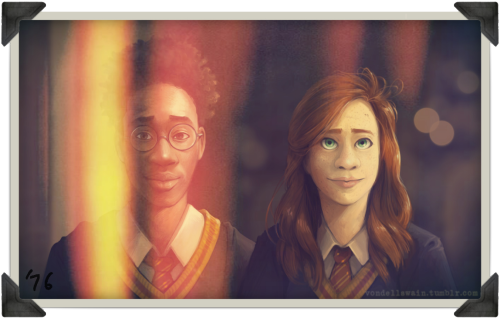
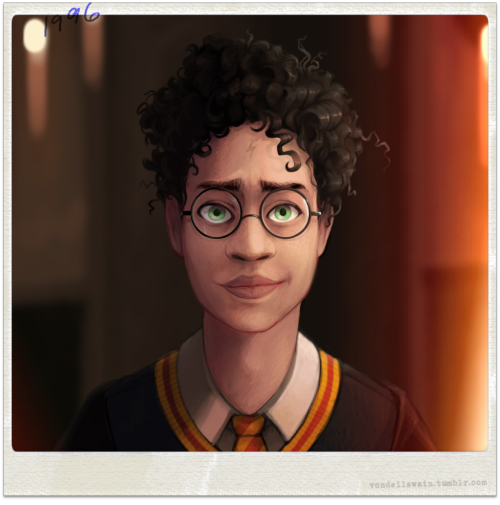
One artist, Vondell Swain, has reimagined Harry as the mixed-race son of a black James Potter and white Lily Potter. On Tumblr, Swain explained:
"My James is black because that creates the most personally compelling racial background for my Harry... It is informed by my personal desire for a black mixed-race hero story. It reflects my desire to contribute to young people of color feeling empowered by popular fiction and not othered by it. "
For Swain, and for so many other artists and fans of their work, redefining these characters as people of color allows them to see themselves reflected in a medium that often excludes them; it's a way to draw deeper meaning from a story that already has great meaning for them.
JK Rowling herself has yet to comment on whether any of her characters could be read as black or mixed race, though fans have noted subtle approval. On Twitter, the author has favorited several fan illustrations of black Harry Potter characters, and she favorited an article asking whether Hermione could possibly be black.
It's also worth noting that, in 2007, Rowling revealed that one of the most important characters in the series, Albus Dumbledore, was gay -- a fact that's never directly alluded to in the text. This suggests that the race, gender, and sexual orientations of any of the characters in the Harry Potter universe should not necessarily be taken at face value.
But the beauty of racebent fanart is that it has nothing to do with the author's intentions, the canon, or other people's opinions -- it has only to do with imagination, creativity, and an open mind.
Below are 20 beautiful examples of Harry Potter fan art that embraces that idea:
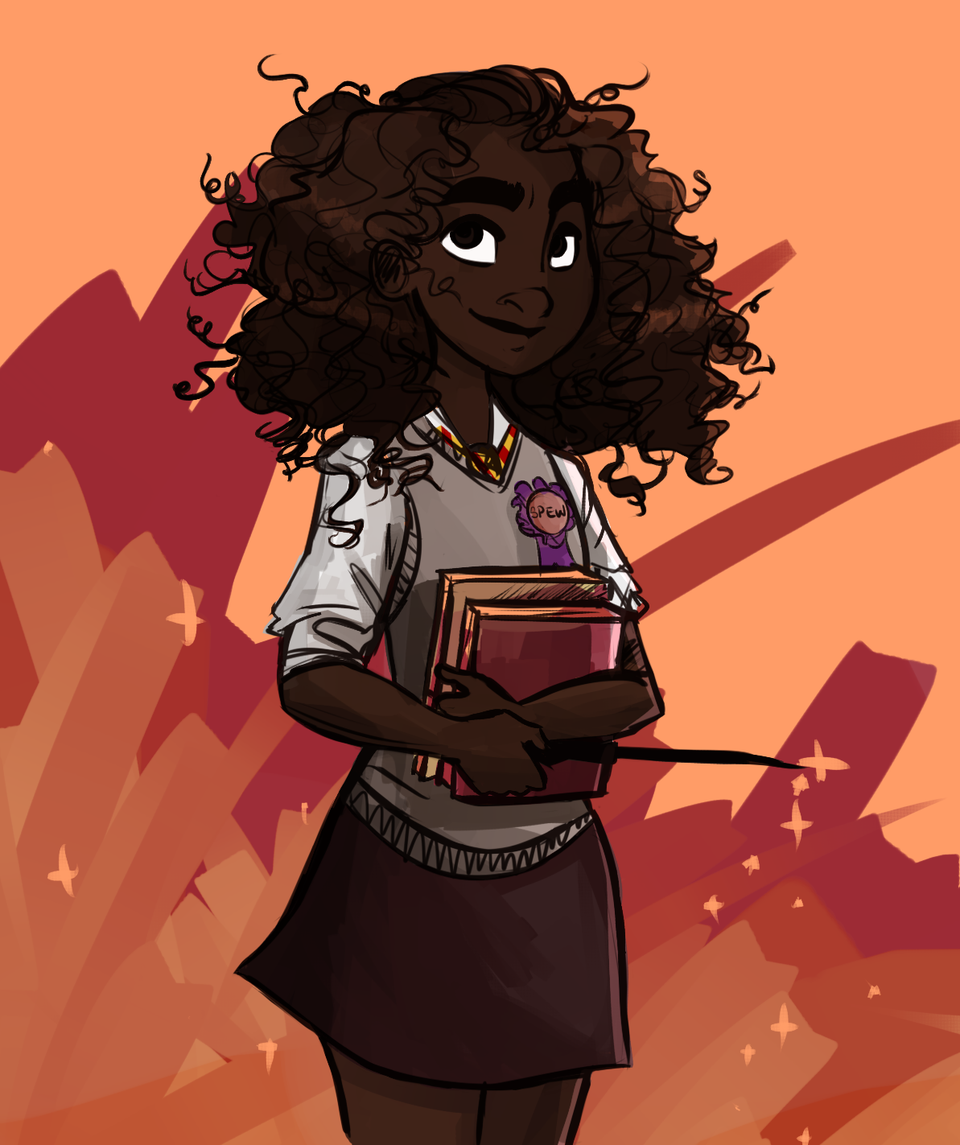
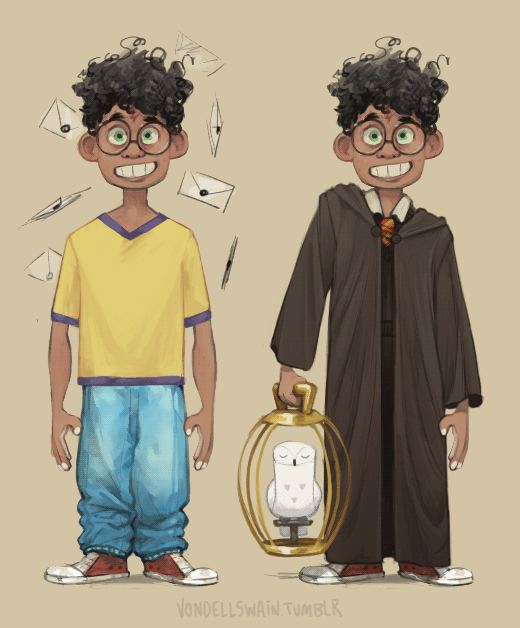
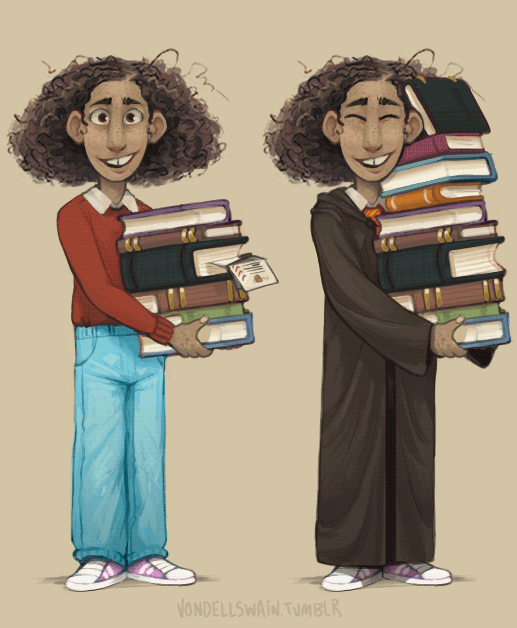
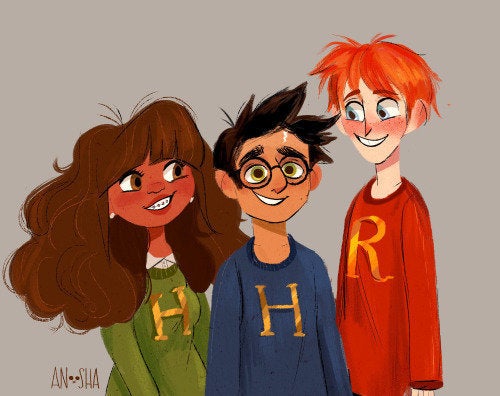
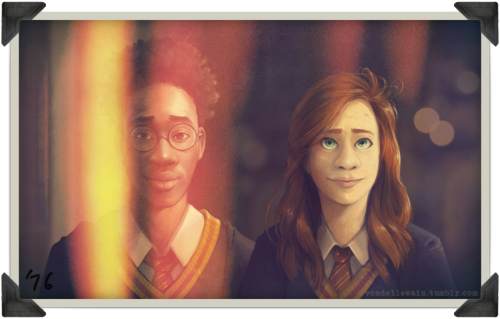
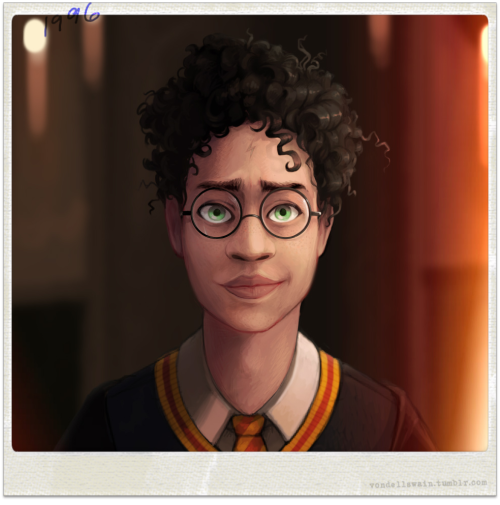
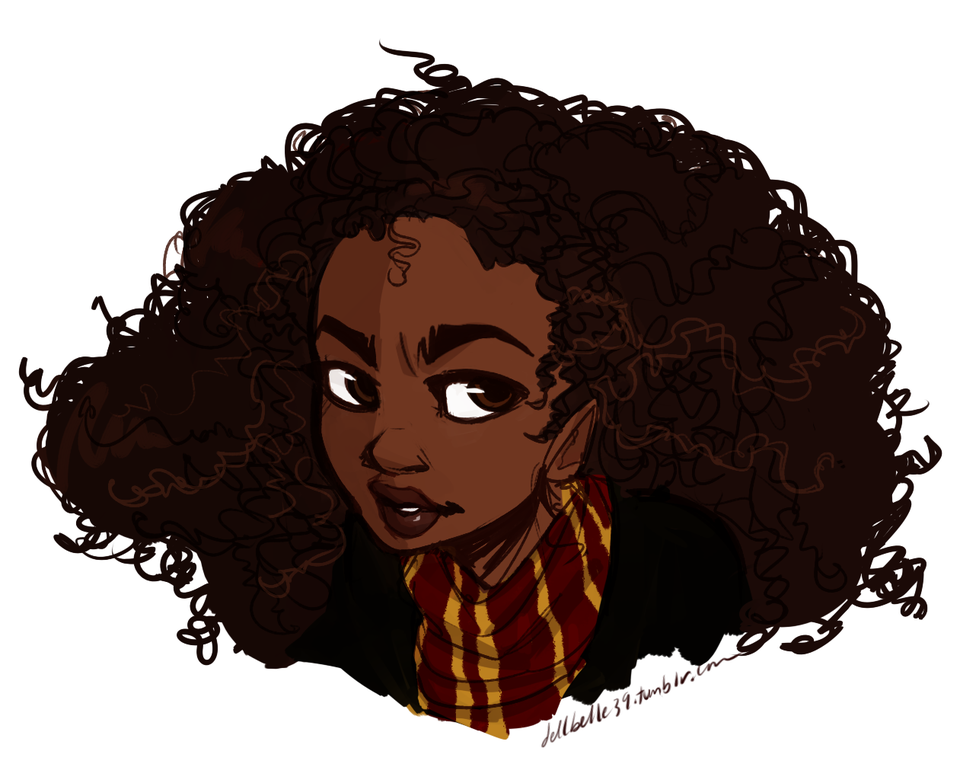
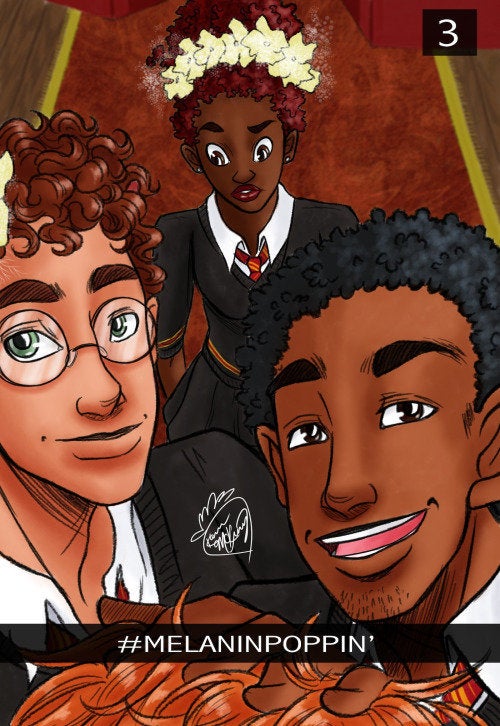
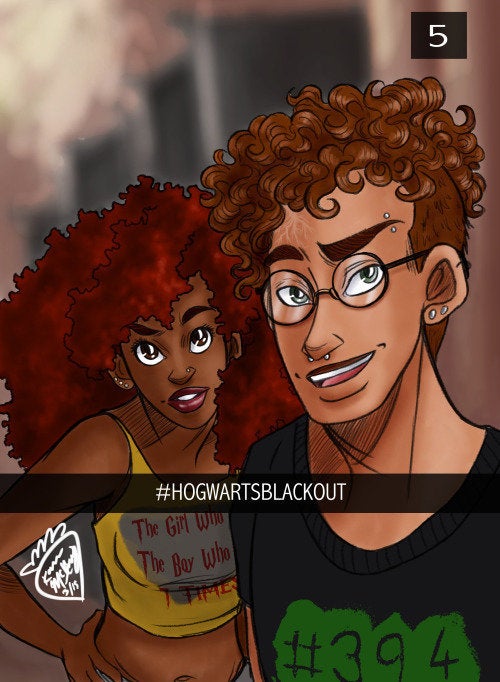
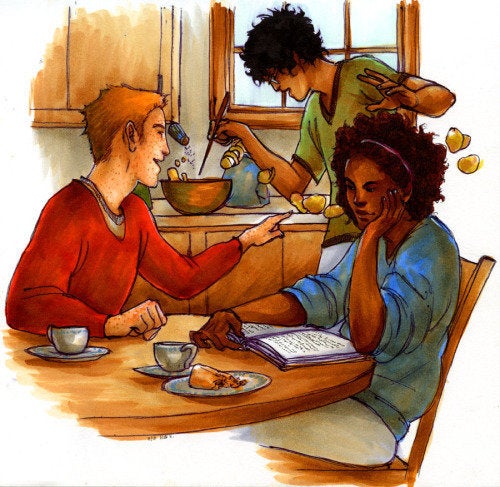

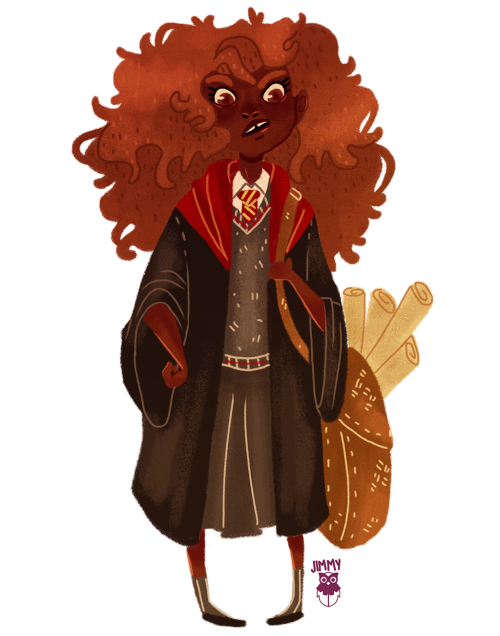
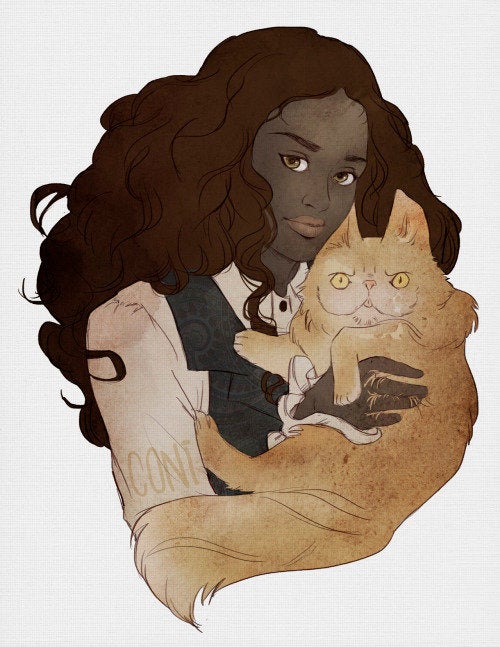
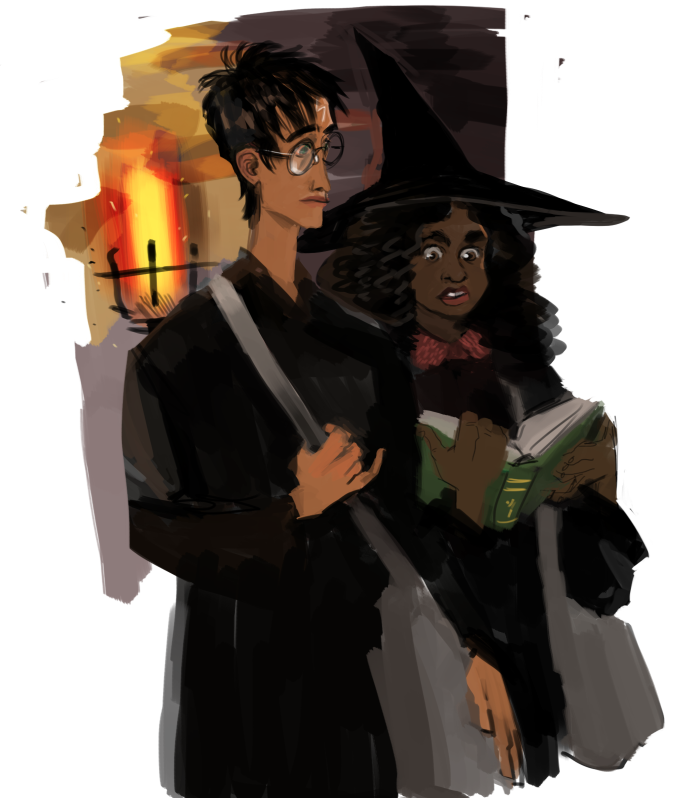
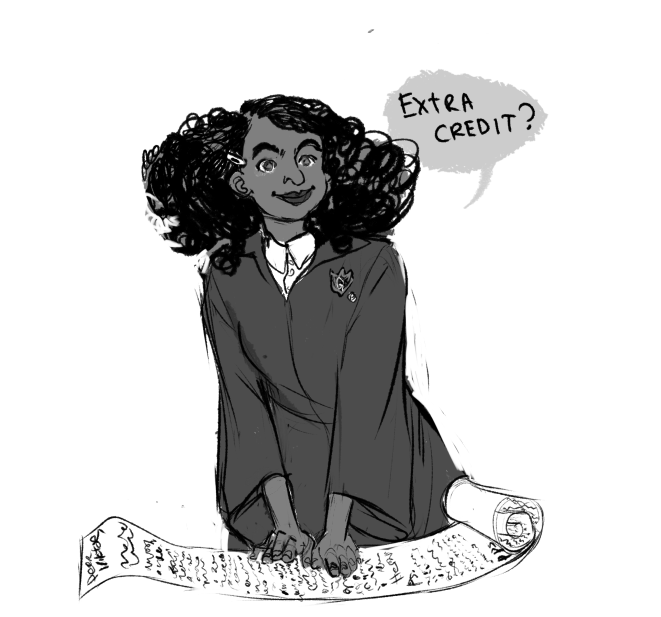
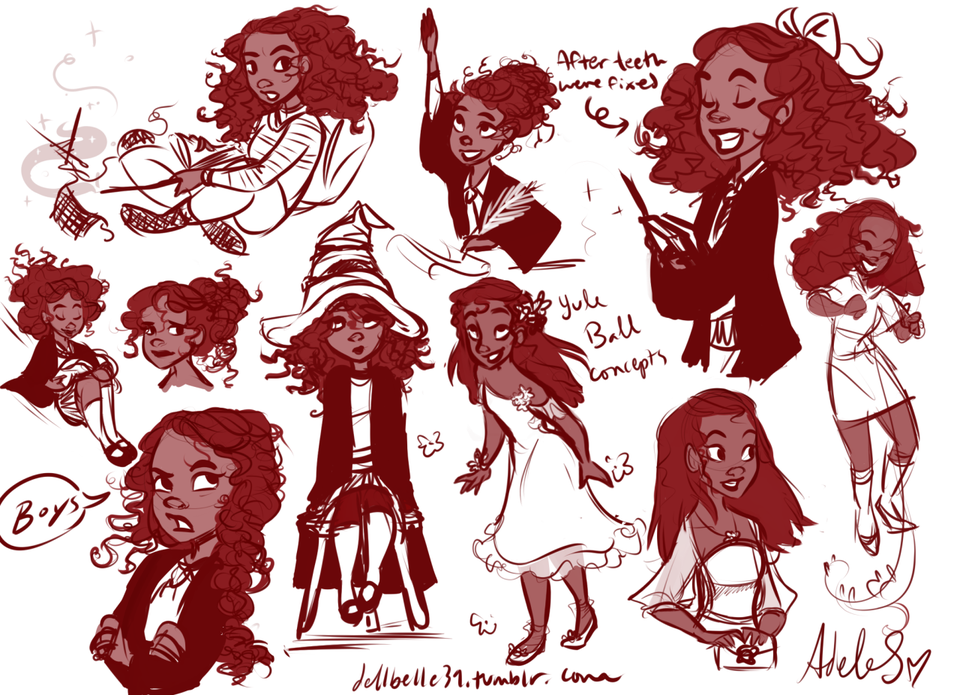
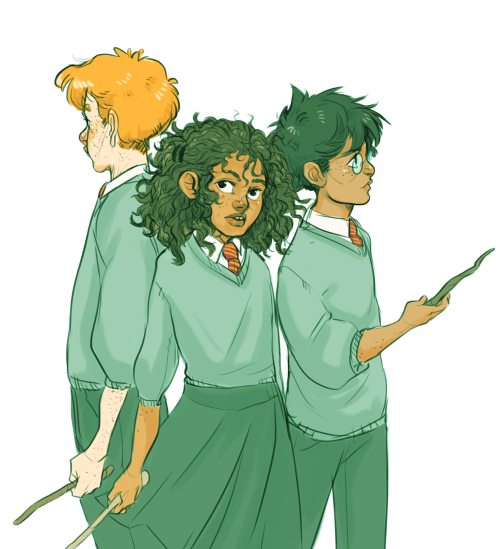
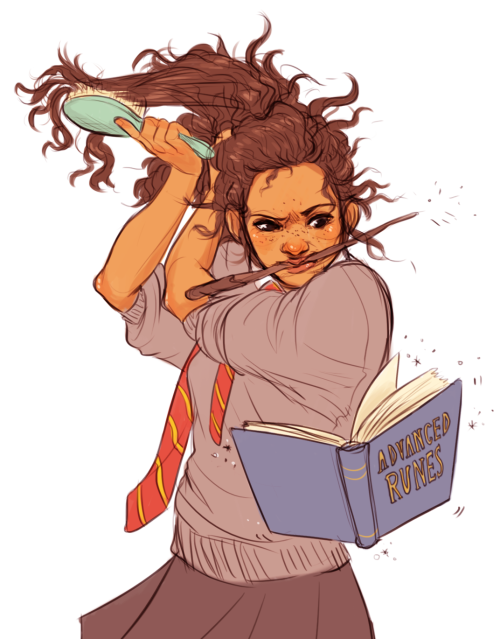
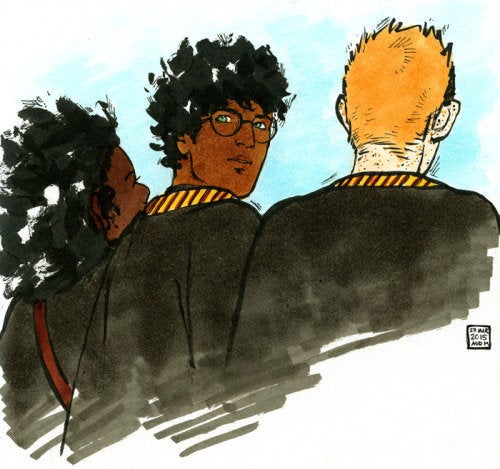
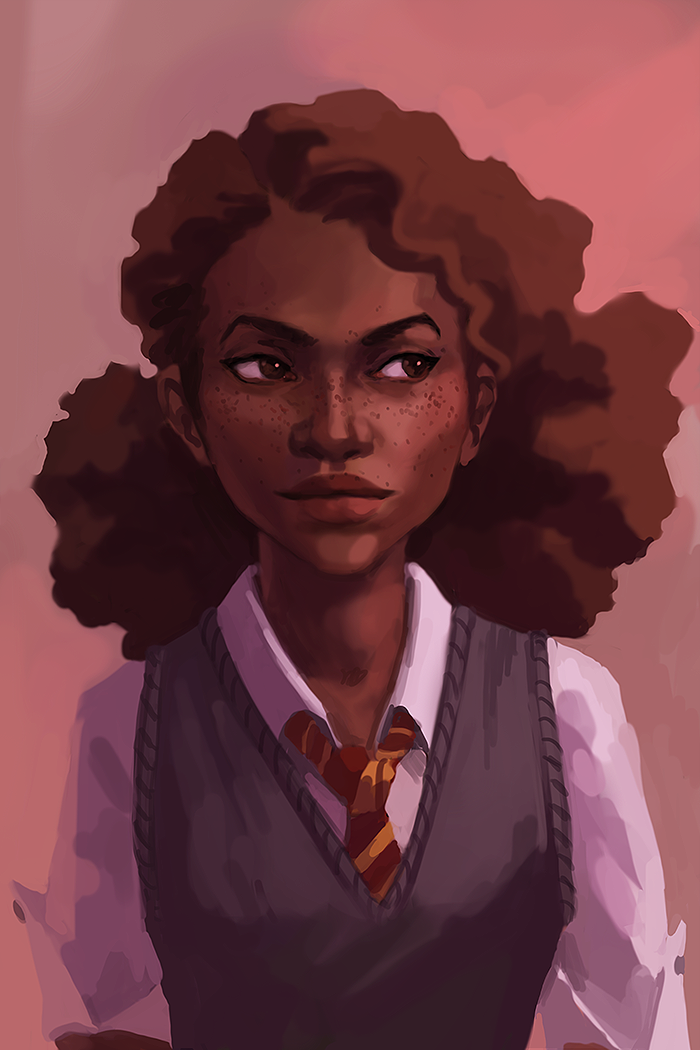
Also on The Huffington Post:
